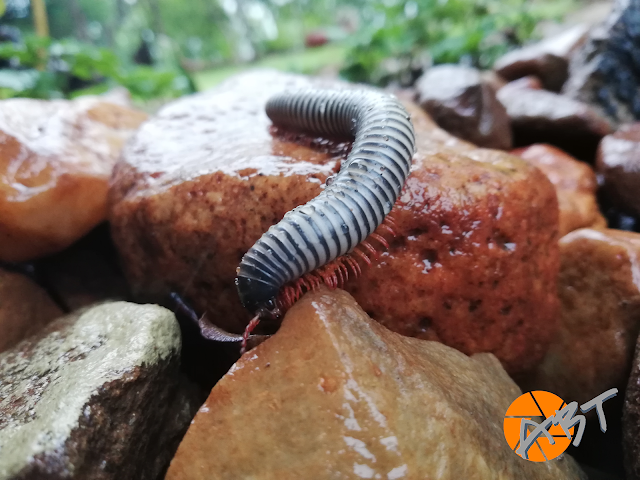Millipedes have a lot of legs, but not as many as most people think...#CritterThursday
Millipedes fall within a phylum of organisms called arthropods, a category that includes invertebrates as diverse as spiders, scorpions and butterflies. All arthropods have in common a hard exoskeleton, segmented bodies and jointed legs. What distinguishes millipedes is that for each segment of their body, they have two pairs of legs, instead of one pair as you would see with, say, centipedes. This gave way to the more accurate name used by scientists: diplopoda, meaning "double foot."
Having so many legs is part of what makes millipedes so adaptive. Fossil evidence suggests that millipedes were among the first-ever terrestrial animals, which means they have been around for about 400 million years.
Back in the coniferous period, about 300 million years ago, a millipede species known as Arthropleura grew to an enormous 6.6 feet (2 meters) long and 1.6 feet (0.5 meter) wide. Today, millipedes range in size from 0.1 inch (3 millimeters) to about 11 inches (0.3 of a meter). So far, scientists have discovered about 12,000 species on every continent except Antarctica, but estimate there could be as many as 80,000 species.When millipedes hatch, they only have a few pairs of legs. Then, just like many other creatures such as crabs and spiders, they grow through a process called molting. This process involves shedding their exoskeleton and growing a new one. Each time they do this, millipedes also grow a new segment and therefore two new pairs of legs. Some millipedes stop molting when they reach adulthood, and others molt their whole lives – which on average is about two years.
So, how many legs do millipedes have? It depends on the group, and Hennen says it ranges between 24 and 750, at most. In fact, most millipede species have under 100 legs.




Comments
Post a Comment